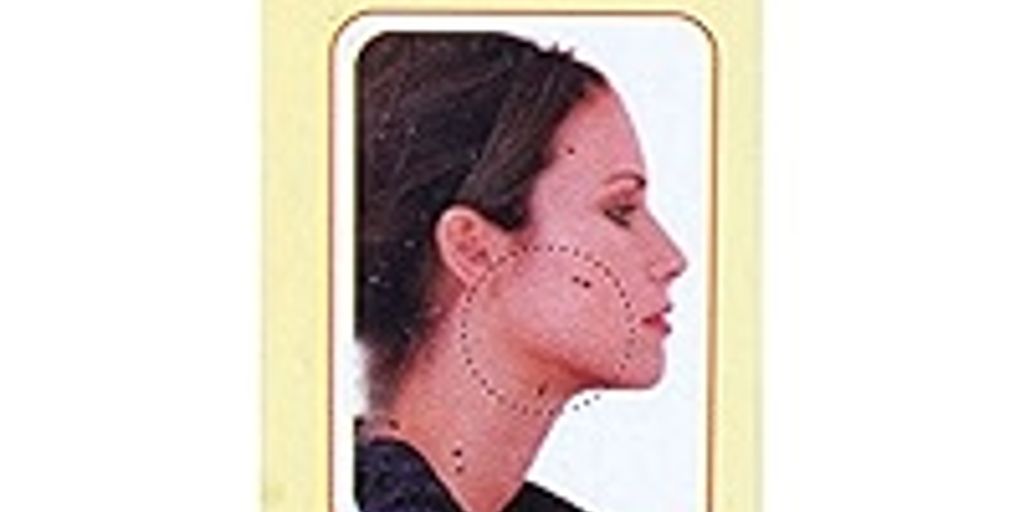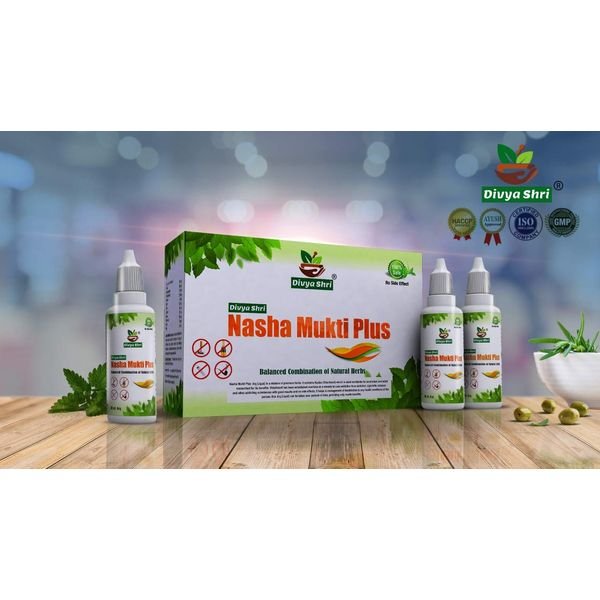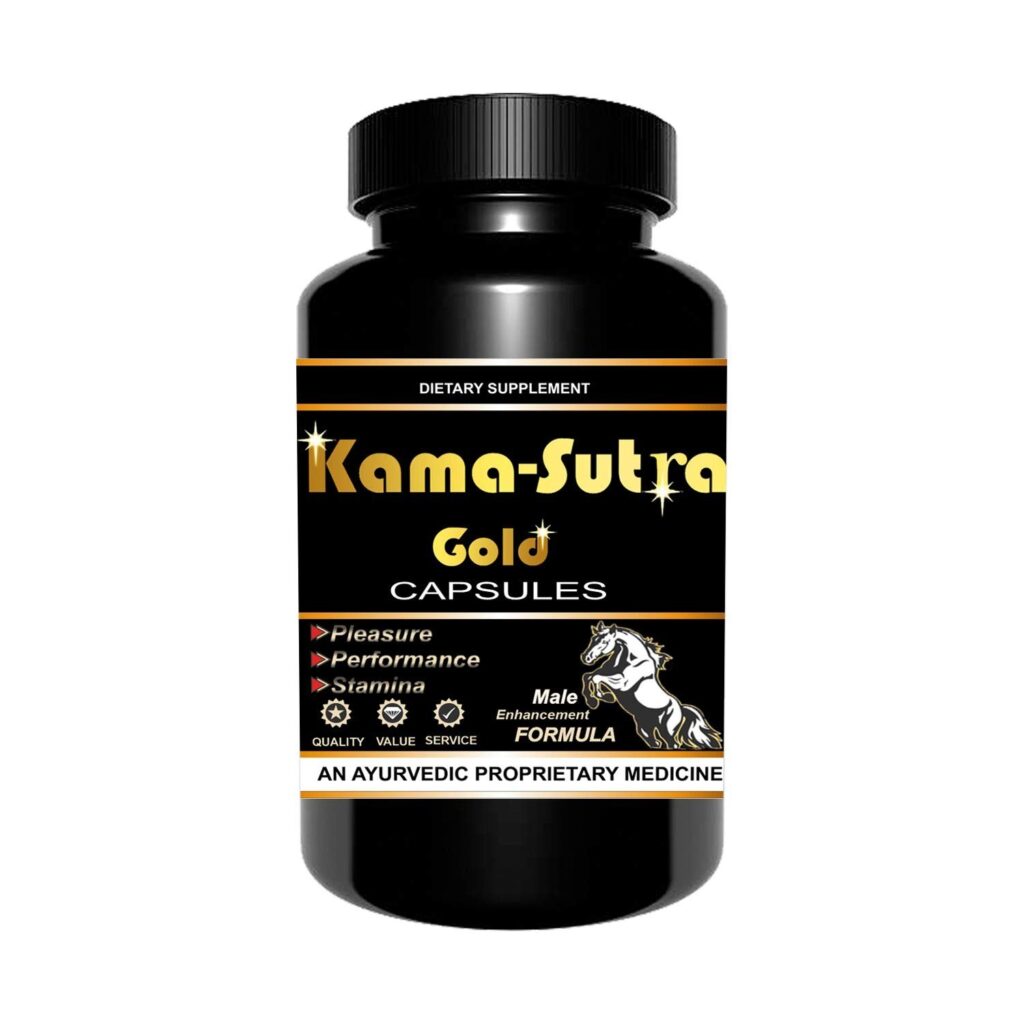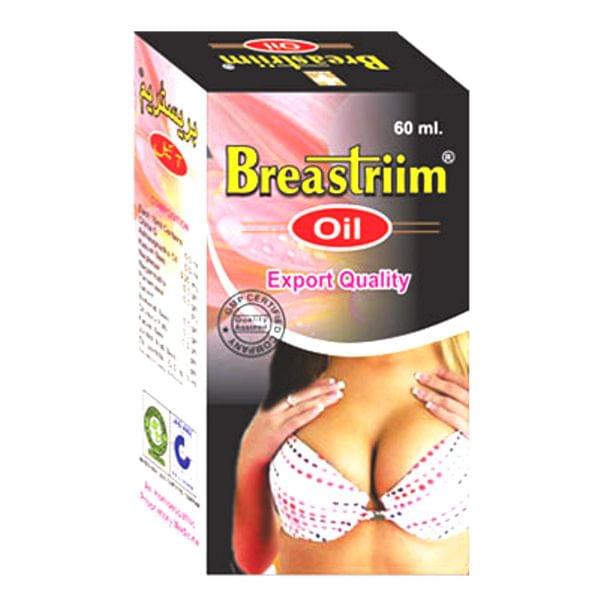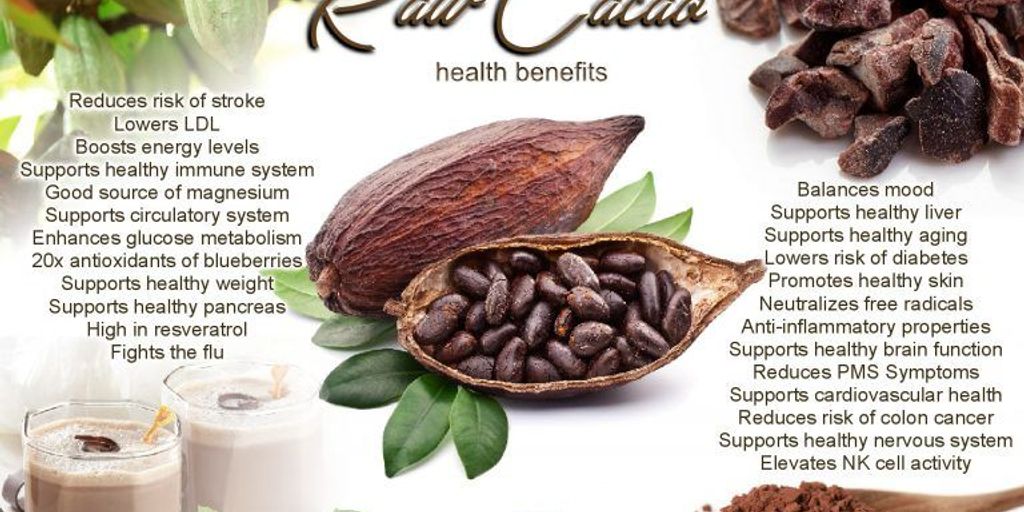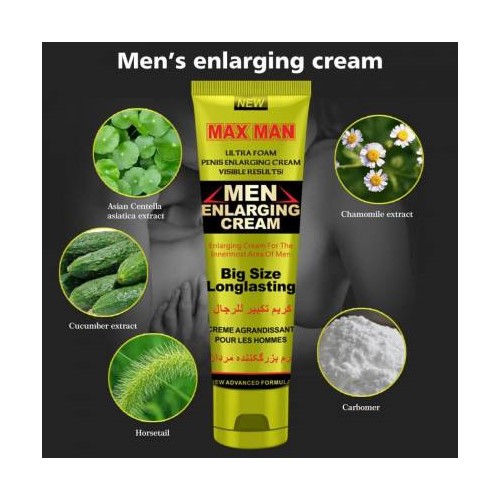Warts are small, rough bumps on the skin caused by a virus. They can be annoying and sometimes painful. Luckily, there are many ways to get rid of them. From store-bought treatments to home remedies and professional help, there’s a solution for everyone. This article will help you understand warts better and find the best way to remove them.
Key Takeaways
- Warts are caused by a virus and can be spread through contact.
- There are different types of warts, and each may need a different treatment.
- Over-the-counter solutions like creams and cryotherapy can be effective.
- Home remedies can work but may take longer and aren’t always safe.
- Professional treatments are often the most effective but can be costly.
Understanding Warts: Causes and Types
Common Causes of Warts
Warts are caused by the human papillomavirus (HPV). This virus enters the skin through tiny cuts or scratches. HPV is highly contagious, and it can spread through direct contact with a wart or something that touched a wart, like a towel.
Different Types of Warts
There are several types of warts, each with unique features:
- Common warts: These are small, grainy skin growths that often appear on the fingers or hands. They are rough to the touch and may have tiny black dots.
- Plantar warts: Found on the soles of the feet, these warts can be painful and feel like stepping on a pebble.
- Flat warts: These are smaller and smoother, often appearing in large numbers on the face, neck, or legs.
- Filiform warts: These warts have a thread-like appearance and usually grow around the mouth, nose, or beard area.
- Periungual warts: These grow under and around the toenails and fingernails, causing discomfort and affecting nail growth.
How Warts Spread
Warts spread easily from person to person. You can get warts by touching a wart on someone else or by using personal items like towels or razors that have touched a wart. It’s also possible to spread warts to other parts of your own body by scratching or picking at a wart, then touching another area of skin.
Warts are common and can affect anyone, but they are more likely to appear in children and people with weakened immune systems.
Over-the-Counter Wart Remover Options
Topical Treatments
Topical treatments are a popular choice for removing warts. These products are applied directly to the wart and often contain ingredients like salicylic acid or lactic acid. They work by softening the wart tissue, making it easier to remove. Some treatments come in the form of gels, creams, or pads.
Cryotherapy Products
Cryotherapy products are another effective option. These over-the-counter solutions use freezing methods to destroy the wart tissue. The cold temperature causes the wart to blister and eventually fall off. These products are convenient for home use and can be found in most drugstores.
Salicylic Acid Solutions
Salicylic acid solutions are widely used for wart removal. This ingredient helps to peel away the infected skin over time. It’s important to follow the instructions carefully to avoid skin irritation. Salicylic acid is available in various forms, including liquids, gels, and adhesive pads.
When choosing an over-the-counter wart remover, consider the type of wart and your skin sensitivity. Always read the instructions and consult with a healthcare professional if you have any concerns.
Home Remedies for Wart Removal
Natural Ingredients
Many people turn to easy home remedies for wart removal using natural ingredients. Some popular choices include apple cider vinegar, aloe vera, banana peel, and orange peel. These items are often found in your kitchen or garden, making them convenient and cost-effective.
DIY Methods
There are several do-it-yourself methods for the removal of warts. Some common techniques include applying clear nail polish, using duct tape, or even trying bee propolis. These methods are simple and can be done at home without any special tools.
Effectiveness and Safety
While home remedies can be effective, it’s important to consider their safety. Some methods may cause skin irritation or other side effects. Always test a small area of skin first and stop if you notice any adverse reactions.
Home remedies can be a good first step, but if the wart persists, consult a healthcare professional for further advice.
Professional Wart Removal Treatments
Dermatological Procedures
Dermatologists have several methods to remove warts. One common method is freezing therapy. This involves applying liquid nitrogen to the wart. This method is also called cryotherapy. It is usually done in a doctor’s office and can be very effective.
Laser Treatments
Laser treatments use a focused beam of light to burn and destroy wart tissue. This method is often used for warts that are hard to treat with other methods. It can be a bit painful, but it works well for stubborn warts.
Cryotherapy by Professionals
Cryotherapy administered at the office of a healthcare professional involves applying liquid nitrogen to a wart. This method also is called cryotherapy. It is usually done in a doctor’s office and can be very effective.
Professional treatments are often more effective than home remedies, especially for stubborn warts.
Cryotherapy by Professionals
Cryotherapy administered at the office of a healthcare professional involves applying liquid nitrogen to a wart. This method also is called cryotherapy. It is usually done in a doctor’s office and can be very effective.
Professional treatments are often more effective than home remedies, especially for stubborn warts.
Preventing Wart Recurrence
Hygiene Practices
Maintaining good hygiene is crucial in preventing warts from coming back. Wash your hands regularly and avoid touching warts on yourself or others. Keep your skin clean and dry, especially in areas prone to warts.
Boosting Immune System
A strong immune system can help your body fight off the virus that causes warts. Eat a balanced diet, get enough sleep, and exercise regularly. Consider taking vitamins or supplements if needed.
Avoiding Common Triggers
To prevent warts, avoid walking barefoot in public places like pools and locker rooms. Don’t share personal items like towels or razors. Be cautious and protect your skin from cuts and scrapes, as these can be entry points for the virus.
Remember, preventing warts is easier than treating them. Stay vigilant and take care of your skin to keep warts at bay.
Choosing the Right Wart Remover for You
Assessing Your Wart Type
Before picking a wart remover, it’s important to know what kind of wart you have. Different types of warts, like plantar warts or common warts, may need different treatments. Identifying your wart type can help you choose the most effective solution.
Considering Skin Sensitivity
Your skin type matters when choosing a wart remover. If you have sensitive skin, you might want to avoid strong chemicals. Look for products labeled as gentle or for sensitive skin to reduce the risk of irritation.
Consulting with a Dermatologist
When in doubt, it’s always a good idea to talk to a dermatologist. They can give you advice on the best treatment for your specific situation. A professional opinion can be especially helpful if over-the-counter options haven’t worked for you.
Choosing the right wart remover can make a big difference in how quickly and effectively you get rid of warts. Take your time to find the best option for your needs.
Potential Side Effects of Wart Removers
Skin Irritation
Using wart removers can sometimes cause slight burning, skin redness, and peeling. These effects are expected. If any of these effects worsen, tell your doctor or pharmacist promptly.
Scarring Risks
Some wart removal treatments might leave scars. This is more likely if the treatment involves cutting or freezing the wart. Always follow the instructions to reduce the risk of scarring.
Allergic Reactions
In rare cases, people might have an allergic reaction to wart removers. Symptoms can include itching, swelling, or a rash. If you notice any of these signs, stop using the product and see a doctor.
It’s important to monitor your skin’s reaction to any wart remover and seek medical advice if you experience severe side effects.
Using wart removers can sometimes cause side effects like skin irritation or redness. It’s important to know what to expect and how to handle these issues. For more details on managing side effects and choosing the right product, visit our website.
Conclusion
In conclusion, finding the right wart remover solution can make a big difference in getting rid of warts effectively. There are many options out there, from over-the-counter treatments to home remedies and professional help. It’s important to choose a method that works best for you and to follow the instructions carefully. Remember, patience is key, as some treatments may take time to show results. If you’re unsure about which option to choose, don’t hesitate to talk to a healthcare professional. With the right approach, you can say goodbye to warts and enjoy clear, healthy skin.
Frequently Asked Questions
What causes warts?
Warts are caused by the human papillomavirus (HPV). This virus can enter the skin through small cuts or scratches.
Are all warts the same?
No, there are different types of warts, including common warts, plantar warts, and flat warts. Each type appears on different parts of the body.
Can warts spread from person to person?
Yes, warts can spread through direct contact with a wart or something that touched the wart, like a towel.
What are some over-the-counter treatments for warts?
You can use topical treatments, cryotherapy products, or salicylic acid solutions to treat warts at home.
Are home remedies for wart removal safe?
Some home remedies can be effective, but it’s important to be careful. Natural ingredients and DIY methods should be used with caution.
How can I prevent warts from coming back?
To prevent warts, practice good hygiene, boost your immune system, and avoid common triggers like walking barefoot in public showers.


